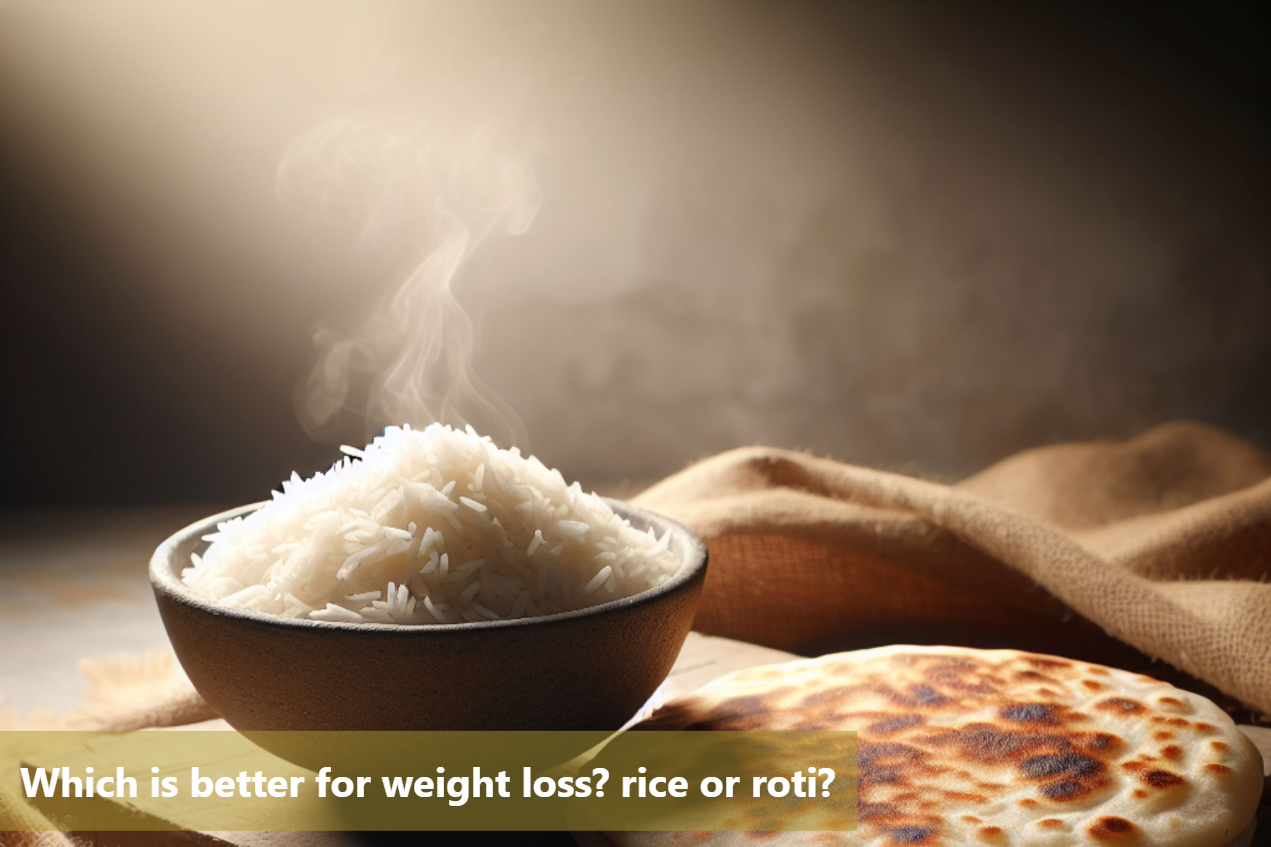
Which is better for weight loss? Rice or roti?
The debate between rice and roti for weight loss is an age old common query in many Indian households, with opinions often divided on which is the better option. Carbohydrates play a significant role in the Indian diet, and choosing between rice and roti can have implications for weight management and overall health.
When it comes to weight loss, the choice between rice and roti depends on various factors such as individual preferences, dietary requirements, and lifestyle. While rice is a staple food in many Indian households and provides a quick source of energy, roti offers a higher fiber content and can help in better digestion and satiety.
Understanding the nutritional profiles of rice and roti is essential for making informed decisions about weight loss goals. Both rice and roti have their unique benefits and can be included in a balanced diet with proper portion control.
Nutritional Comparison
When considering which is better for weight loss – rice or roti (also known as chapati) – it's crucial to understand the nutritional content of each to make better informed decisions based on personal health, goals and preferences.
- Rice is a staple in many Indian households and comes in various types like white, brown, or parboiled. A standard serving of rice contains moderate to high calories, mainly from carbohydrates with minimal protein and fiber content.
- On the other hand, roti, made from whole wheat flour, is lower in calories compared to rice, with approximately. It offers more fiber and protein than rice.
- In terms of carbohydrates, rice tends to have a higher carbohydrate content compared to roti. This can influence blood sugar levels and weight loss efforts.
- Roti, with its higher fiber content, may aid in better digestion and a more prolonged feeling of fullness.
For weight loss, opting for roti with Keto Atta over rice could be beneficial due to its lower calorie density and higher fiber and protein content. Including a balanced mix of both rice and roti in the diet while focusing on portion control can help maintain a diverse and nutritious diet for effective weight management.
Glycemic Index and Weight Loss
The glycemic index plays a crucial role in determining which is better for weight loss between rice and roti in the Indian diet. The glycemic index indicates how quickly a particular food raises blood sugar levels. Foods with a high glycemic index tend to cause sharp spikes and drops in blood sugar levels, affecting weight loss.
When comparing rice and roti, rice generally has a higher glycemic index compared to roti. This indicates that rice can lead to rapid spikes in blood sugar levels, potentially hindering weight loss efforts. On the other hand, roti has a lower glycemic index, especially when made with brands like Lo foods Ultra Low Carb Keto Atta resulting in a more gradual increase in blood sugar levels and providing sustained energy, which can be beneficial for weight management.
Portion Control and Meal Timing
Portion control and meal timing play a crucial role in achieving weight loss goals, especially when deciding between rice and roti in the Indian diet.
- Consuming for moderate portion sizes ensures you intake an appropriate amount of carbohydrates while controlling overall calorie intake. It is advisable to strike a balance between rice and roti portions to maintain a healthy diet conducive to weight loss.
- Incorporating both rice and roti in your meals can provide a diverse nutrient profile. For instance, pairing roti with lentils or vegetables and including rice with lean proteins ensures a well-rounded diet that supports weight management.
- As for meal timing, consuming carbohydrates like rice or roti earlier in the day can provide energy for daily activities and aid in their efficient digestion. Conversely, opting for lighter meals in the evening may promote better metabolism and prevent late-night snacking, contributing to weight loss efforts.
These tips will help individuals manage their meals and plan their overall health in an informed and sustainable manner.
It can be seen that for weight loss in the Indian diet, roti emerges as the better choice due to its lower glycemic index and higher protein and fiber content. However, individual preferences, metabolic factors, and overall dietary patterns should also be considered when deciding between rice and roti. Make your choice wisely to support your weight loss journey effectively.
This Blog post is an initiative by Lo! Foods, to provide accurate and Nutritionist / Doctor approved information related to Health. Lo! Foods is India's leading brand for Everyday Functional Foods. Foods designed for specific Health conditions or Needs. Lo! Foods also runs India's largest range of Low Carb Healthy Cloud Kitchens, under the brand names of Lo!, ProteinChef, ATH (All Things Healthy) and DiabeSmart.






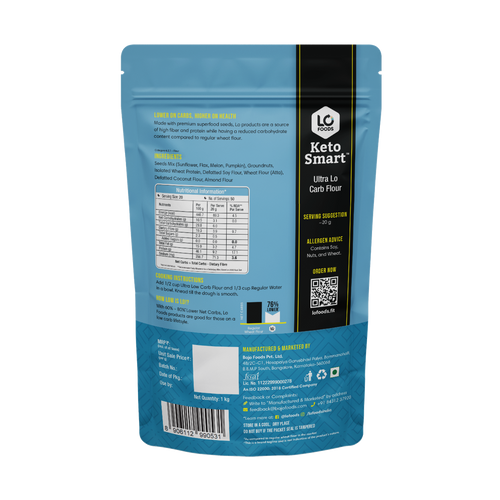
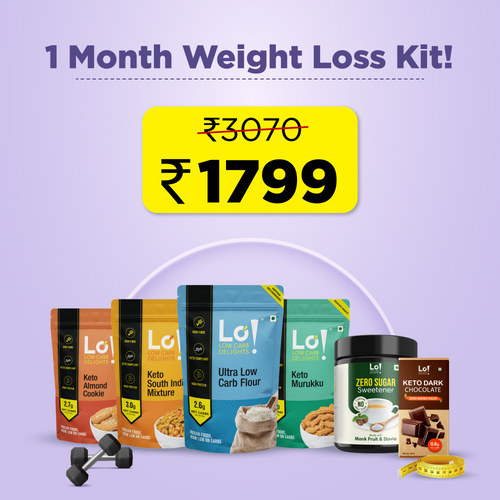



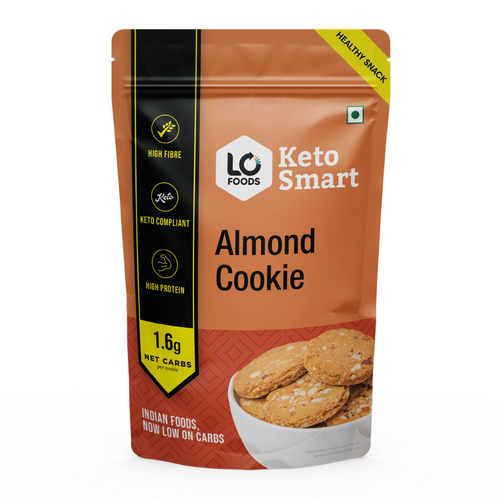
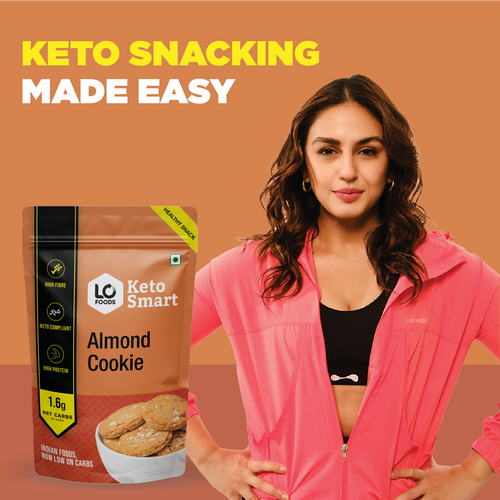




Leave a comment
Your email address will not be published.